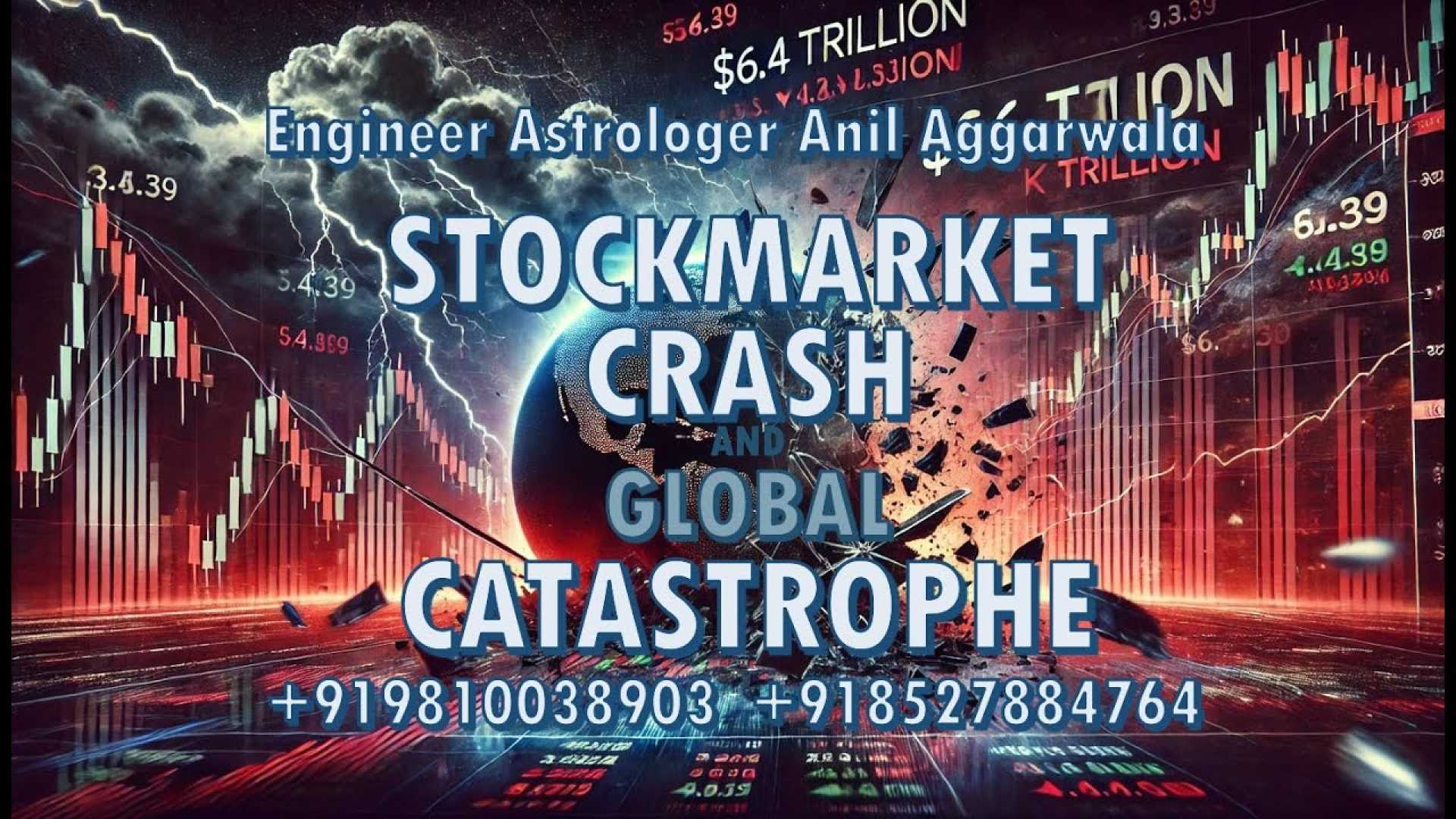Business
Stock Markets Plunge Amid Escalating U.S.-China Trade War

NEW YORK — Global stock markets faced significant losses on April 5, 2025, as concerns escalated over U.S. President Donald Trump‘s newly imposed tariffs, which have ignited fears of a broader trade war with China.
The DOW Jones Industrial Average fell more than 3% shortly after the opening bell, culminating in a rapidly hostile market environment. As trading continued, the S&P 500 and NASDAQ also saw steep declines, prompting analysts to warn of increasing volatility and potential long-term economic ramifications.
In response to Trump’s announcement of a baseline 10% tariff on goods from various countries, including a staggering 34% on Chinese imports, investors reacted swiftly. Hong Kong‘s Hang Seng Index experienced a dramatic drop of 13.2%, marking its worst day in nearly three decades. Lesser declines were observed in other major markets, with the Frankfurt DAX down 4.6% and the Tokyo Nikkei 225 shedding roughly 7.8%.
“The current state of the markets reflects deep-rooted anxieties regarding how these tariffs will affect both local and international economies,” said Thomas Mathews, Asia Pacific head of markets at Capital Economics. “If the situation continues without any resolution, we could see even greater declines in equity markets.”
In a recent statement, Trump urged Americans to remain resilient. “The market will bounce back; just be strong, courageous, and patient,” he declared, reinforcing his position that the tariffs are necessary for strengthening American manufacturing.
The administration justified the tariffs as a means to reshape trade dynamics and boost domestic production. Trump lauded the tariffs as an “economic revolution,” arguing they will bring jobs and businesses back to the U.S. “We will make America great again,” he proclaimed.
However, critics argue that the tariffs may create a ripple effect leading to broader economic instability. JPMorgan Chase CEO Jamie Dimon warned, “While the tariffs could benefit some sectors, they also risk increasing inflation and stifling overall growth.”
Economic analysts are voicing concerns regarding the protectionist measures potentially pushing the U.S. economy toward recession. Goldman Sachs estimated that the new tariffs could reduce China’s GDP growth by at least 0.7 percentage points this year, suggesting retaliatory measures from China might exacerbate the situation.
China has responded decisively, announcing its own baseline tariffs and restrictions on U.S. imports, positioning itself as a counterweight in the global trade order. A commentary in the state-run People’s Daily stated, “The more pressure we get, the stronger we become.” This indicates a strategic marketing effort by China to reassure both its domestic audience and international partners.
Further complicating the trade landscape, both China and the U.S. face challenges from their respective trade partners. Countries impacted by U.S. tariffs are seeking to reinforce ties with China as the tariffs pose risks to their economies too.
Japan and South Korea recently entered negotiations with China, while the European Union has proposed a zero-tariff offer, further intensifying the global trade dialogue.
The negative sentiment around global trade dynamics is compounded by uncertainties surrounding the U.S. economy and its future trajectory, particularly as the first quarter earnings reports for many companies loom. Investors are apprehensive and braced for potentially grim news that could further affect market stability.
Trade advisor Peter Navarro remains optimistic, asserting, “The market will rebound. There’s a bullish boom on the horizon.” Investors, however, appear less convinced, given the tumultuous economic landscape.
As global economic indicators shift, questions persist about the resilience of the markets and how far both the United States and China are willing to escalate their economic confrontations.












